Federal and State Governments fund specialist homelessness services to help people find housing and access support if they need it. There are hundreds of services working in the specialist homelessness sector in Victoria alone.
Browse this page to learn how housing and homelessness the system works.
Housing services
The main housing-related response to homelessness in Victoria is provided by community organisations, who take on the role of Transitional Housing Managers.
Transitional Housing / Accommodation for people who are waiting for a safe and secure long-term housing option.
Transitional Housing Managers manage the movement of people in and out of transitional housing, and also help with housing advice and assistance to find crisis and long-term accommodation.
The people who conduct this work are called initial assessment and planning (IAP) workers.
Social IAP workers / Professionals who work at service entry points to provide an assessment, housing information, and assistance to people experiencing homelessness.
To assist with this, Transitional Housing Managers also manage the Housing Establishment Fund – or HEF as it is often called – which is provided by the Government to pay for crisis accommodation and rent arrears.

Support services
Homelessness support services work with people experiencing, or at risk of, homelessness. They may be in crisis accommodation, moving between families and friends, staying in caravan parks or rooming houses, or sleeping rough on the streets.
Support services assist people to resolve their immediate crisis. This includes finding accommodation, making sure people have food, and helping people to access medical treatment if required.
Support services also deliver case management, which involves collaborating with people to identify their goals, and plan steps to achieve them. This could include:
helping someone to identify key issues in their life, for example mental health issues, isolation, violence, or trauma
making referrals to support services such as counselling or specialised support
advocating for the person in meetings with agencies
providing high quality information
providing connections to resources to help someone achieve their goals, for example education materials and money for transport.
Opening Doors framework
The Victorian homelessness system is organised under what is called The Opening Doors Framework, also referred to as “Opening Doors”.
Opening Doors aims to provide a coordinated service response by having a limited number of designated entry points into the homelessness system.
The purpose of entry points is to assess a person’s needs, prioritise their case, and connect people to the services and resources they need.
Most of Victoria’s Transitional Housing Managers are designated access points. There are also some specialist access points designed for specific groups such as women, young people, or Aboriginal or Torres Strait Islander peoples.
Find more information about Opening Doors with the following resources:
What happens at a homelessness entry point?
A person who is experiencing or at risk of homelessness goes to an entry point.
People requiring homelessness assistance can call 1800 825 955 to be directed to the access point closest to them.
The person will meet with an IAP workers, who will assess their housing and support needs. The IAP may take some or all of the following actions, depending on the individual’s circumstances:
a) The IAP helps pay for emergency accommodation and/or rent arrears through HEF.
b) The IAP makes a referral to a specialist homelessness support service, or other services such as health.
c) The IAP worker provides advice on housing options, assistance to aid, applying to private and public housing, and dealing with agencies and other bodies.
d) The IAP worker matches the person with a vacancy on the resource register, prioritising people who are most at risk.
Local Area Service Networks
Victoria’s homelessness services are divided into Department of Families, Fairness and Housing regions, and Opening Doors works slightly differently in each of them.
In each region, there is a Local Area Service Network (LASN) made up of senior representatives of housing and support agencies, who deliver homelessness services and maximise effectiveness of the homelessness system in that region.

